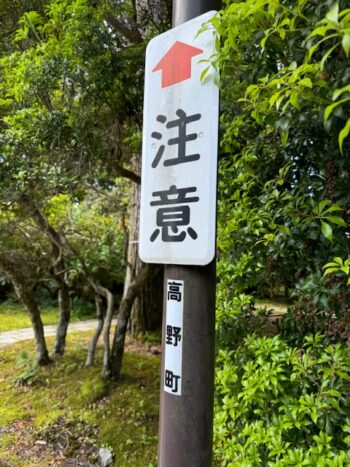Typical guidance marker on the Shikoku 88 pilgrimage path, this time to Sankaku-ji, temple 65.
I
f walking leads you to enlightenment, it is dojo. Dojo is where you practice and train, a place of the way, in any endeavor in life.
For many ohenro, dojo is visiting and praying at one or all eighty-eight temples of the pilgrimage. To others, simply being on the trail is enough. To a few more, the temples are just a place to stop on the journey toward enlightenment and nirvana.
Each temple enables pilgrims to discover the meaning of life by:
- exposure to the hardships of the road,
- experiencing the kindness and companionship of other ohenro and local people,
- learning about the spiritual history of Shikoku and Japan,
- meditation and serious inner reflection.
Whatever the reason for you or me, it is a comfort to know that there are many pilgrims who have gone before us, are along the path, and will come after us. With our fellow ohenro and others, we are like links in a chain.
Let’s continue on the journey.
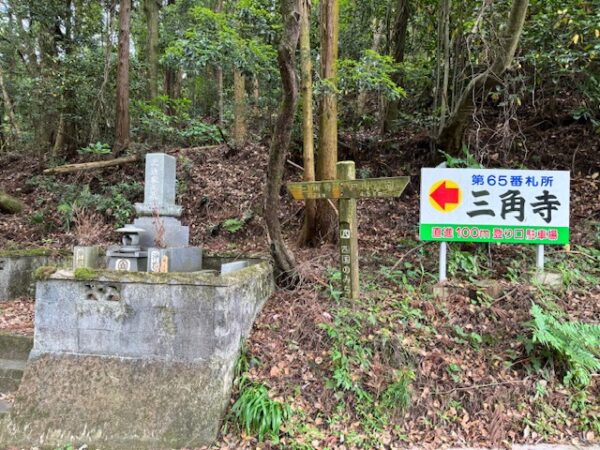
Another sign guides pilgrims on the way, this time to temple 65.
65 Sankaku-ji
Temple of the Triangle
In my life back home, I rarely wear white clothing. Why? I don’t want to stand out, especially on the street. In a large city, no one notices me. When they do, it feels strange. It might be for a number of reasons, yes, the clothes, or a smile, a walk or a reminder of someone.
On Shikoku, I wear the white jacket of the pilgrim and carry a walking stick. Most people recognize that I am ohenro and they may even ask to confirm it. They see me and recognize me a “mile away”. Of course, being a lone black woman on the trail is conspicuous but the white jacket adds a little nuance, wouldn’t you say?
I was walking on the path to temple, number 65, when I saw this man. He was not only dressed as ohenro but his manner was very holy. We acknowledged each other as ohenro, stopped and talked for a little while. Then he was gone.
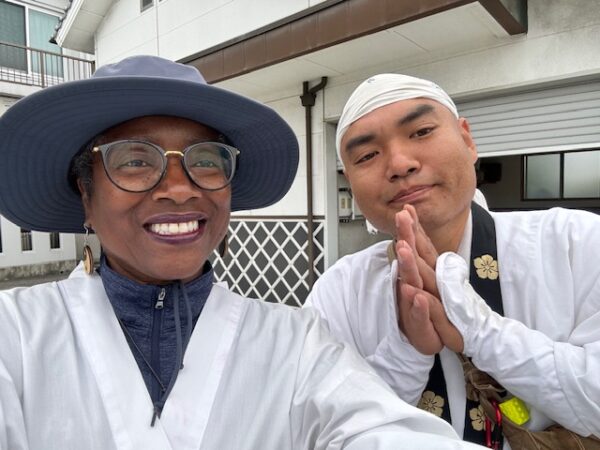
Those few minutes left me with a feeling of peace and confirmation for the sixty-fifth time that I am where I should be. 🕉️
Much later…
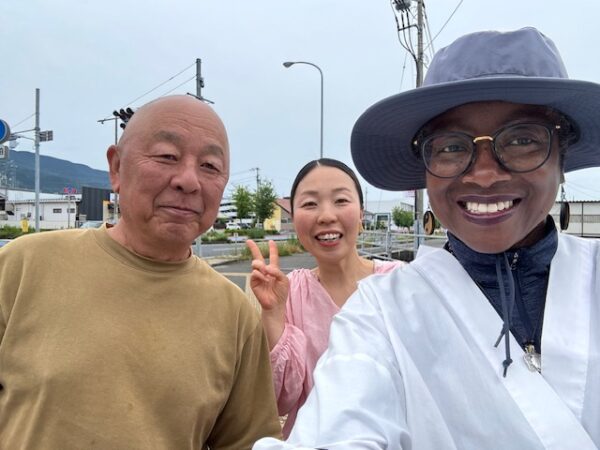
I stopped this father and daughter to ask for directions. They were riding in their car. First, they simply confirmed that I was on the correct path to Sankaku-ji. Then the daughter got out of the car to walk me to a busy intersection. She pointed out a sign. As we were talking her father parked the car and walked toward us. He wanted to clarify that this part of the path was tricky. They both made sure that I was straight. 🕉️
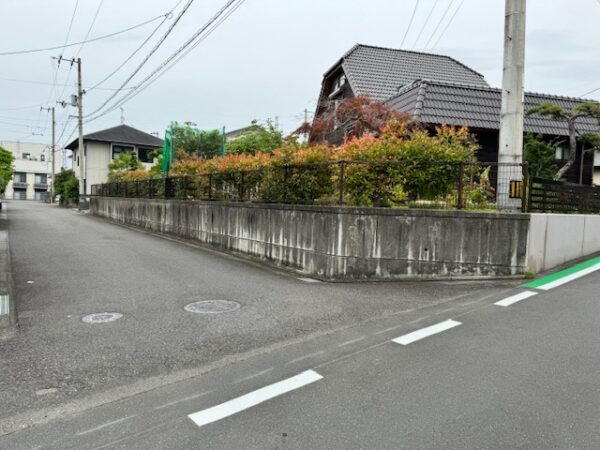
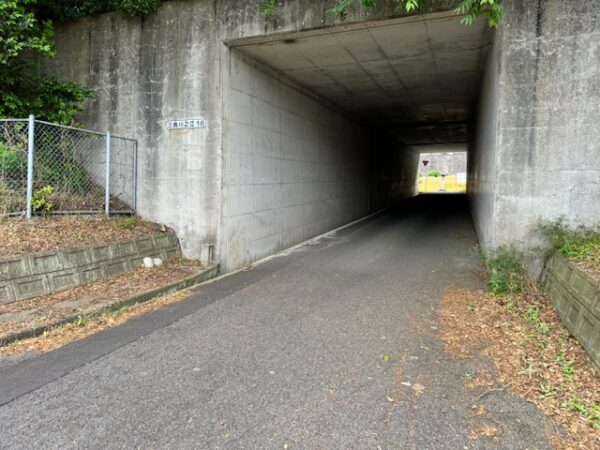
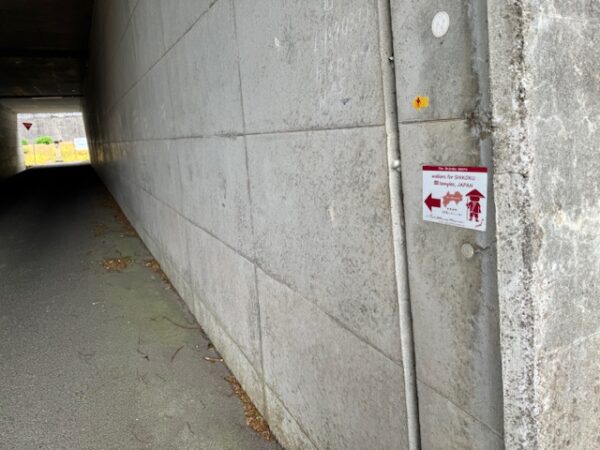
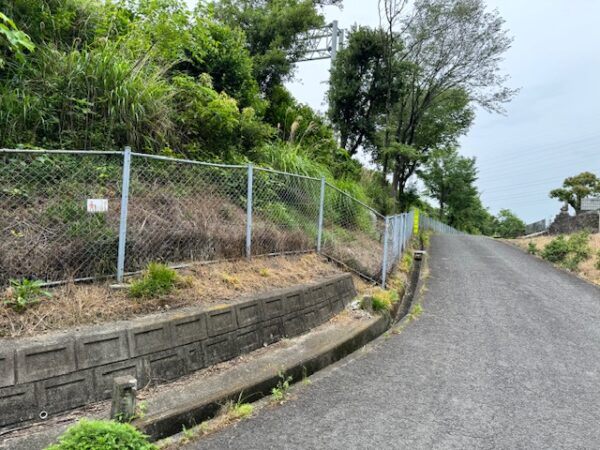
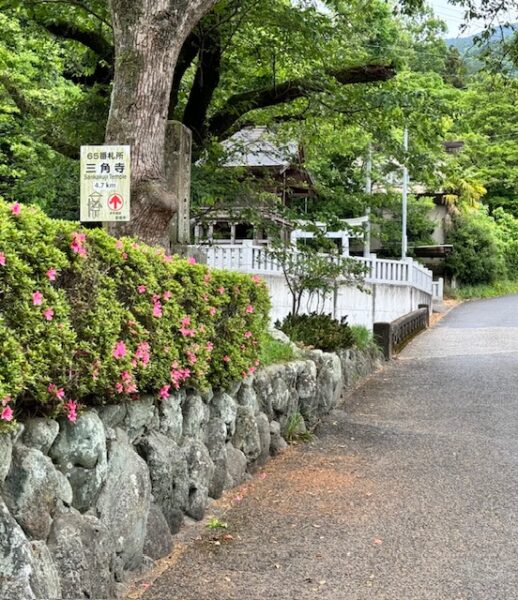
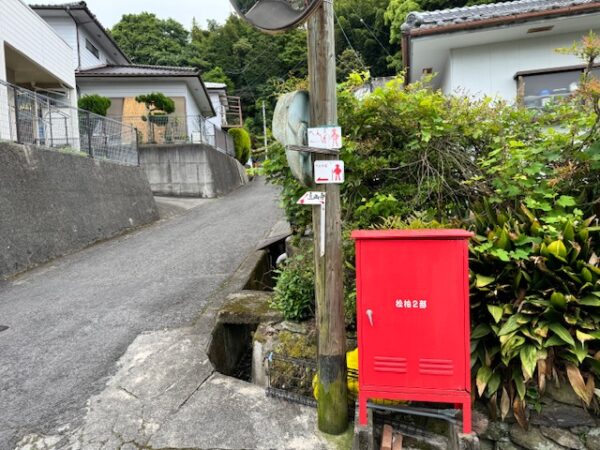
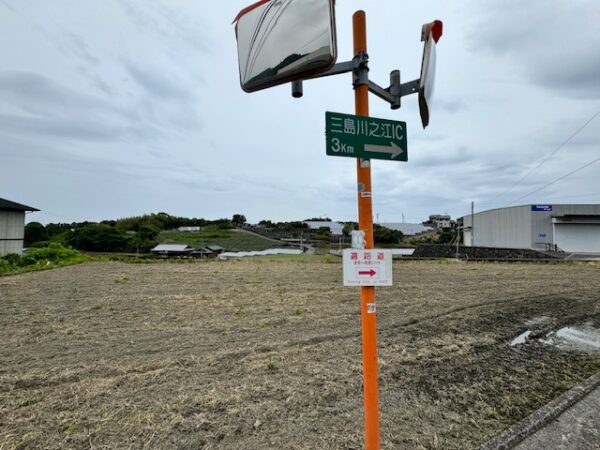
More signs point the way to Sankaku-ji. Wouldn’t you think that I could not get lost or turned around on the path? It still happens.
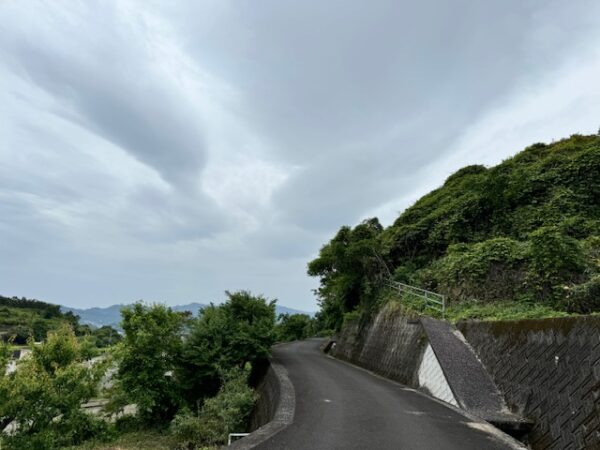
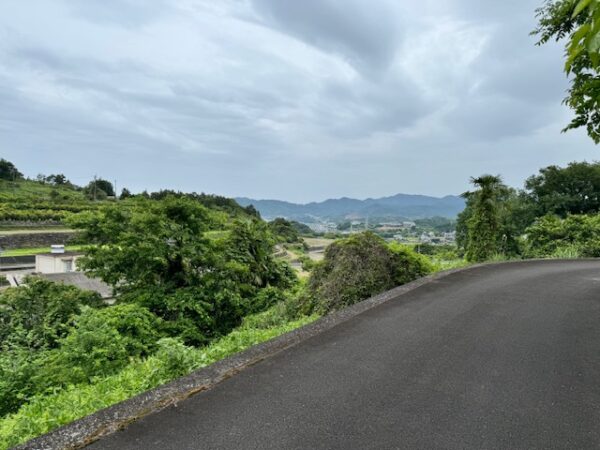
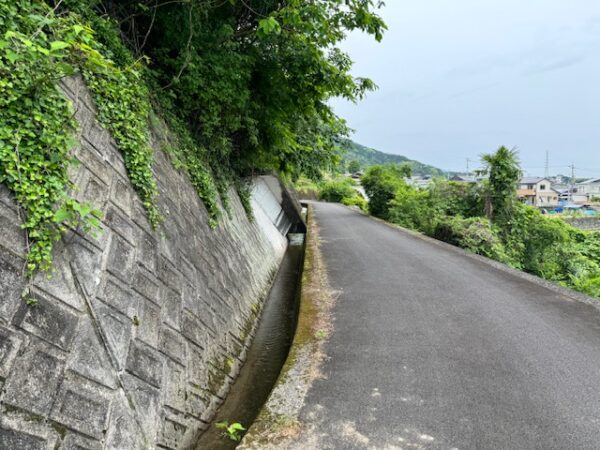
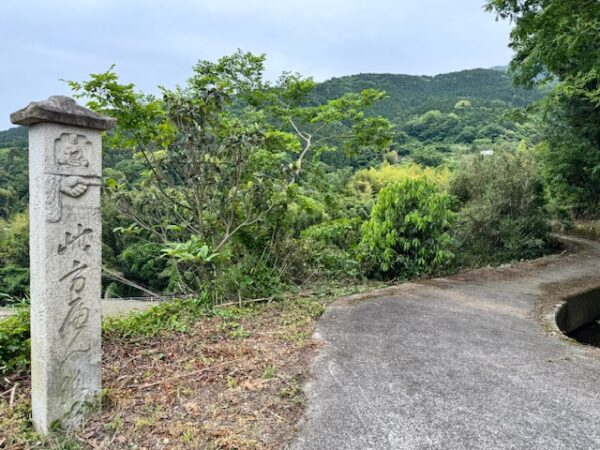
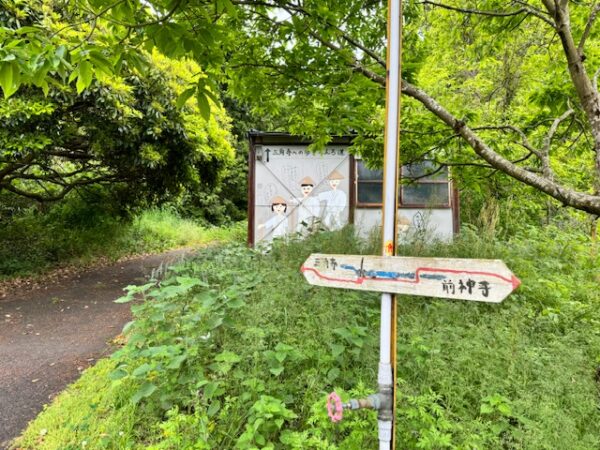
This sign is pointing to Sakaku-ji temple, number 65.
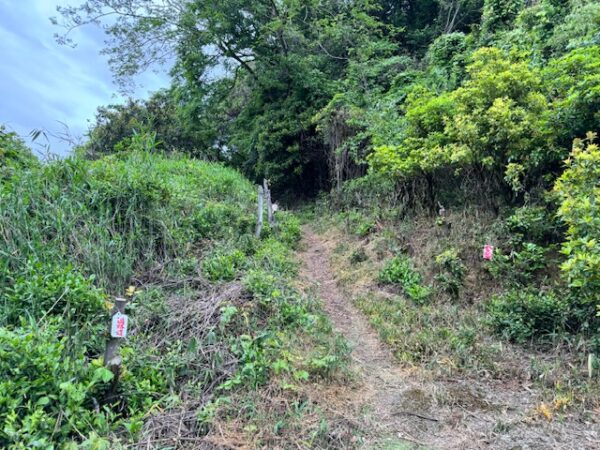
Click on video:
These corridors in the forest are where I expected to see a wild boar or monkey show up to protect their territory. Fortunately, I only heard sounds from faraway.
By the way, the sounds in the video are my walking stick (kongozue) and the attached bell (jirei). In many forest mountain paths, I vigorously manipulate my stick and bell to warn the critters in the space that I am there. 🔔
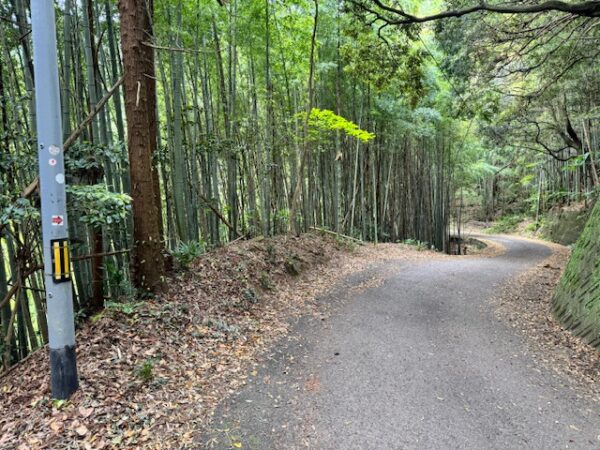
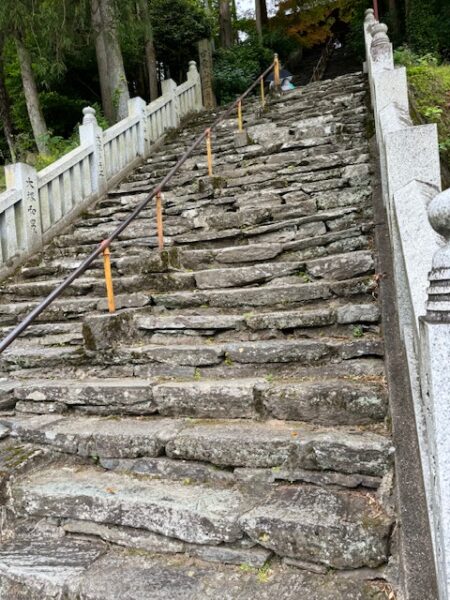
Out of the forest and onto the stone steps of the temple.
Nio guardians at the gate…
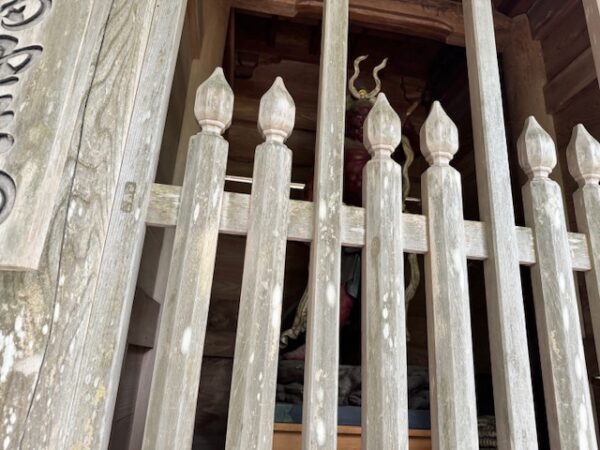
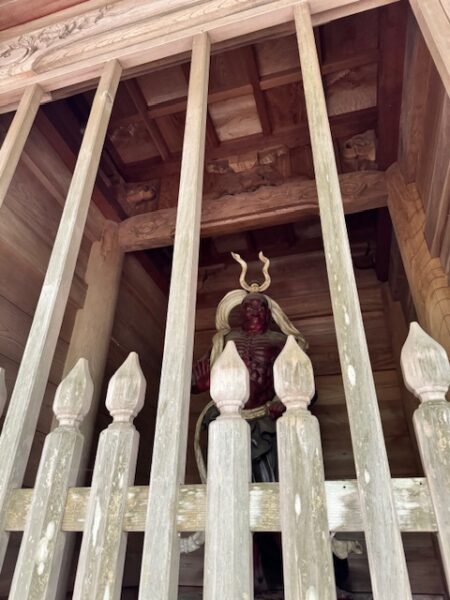
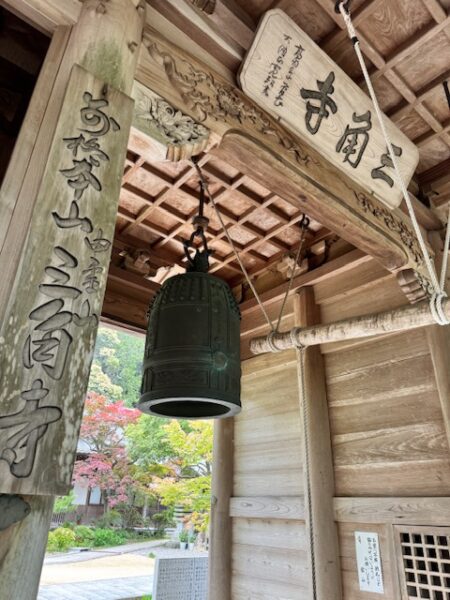
… with a bell. It is unusual for the temple bell to hang in the gate.
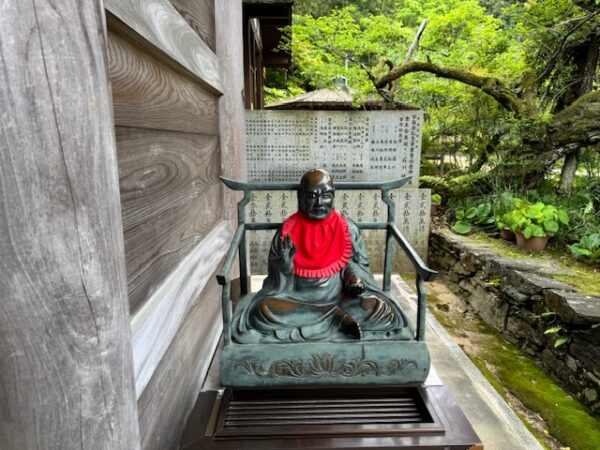
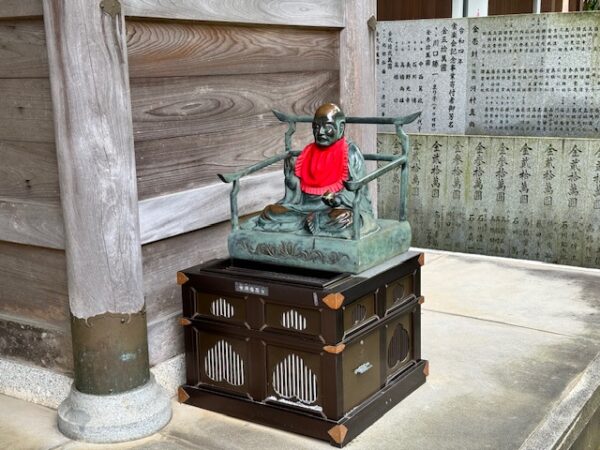
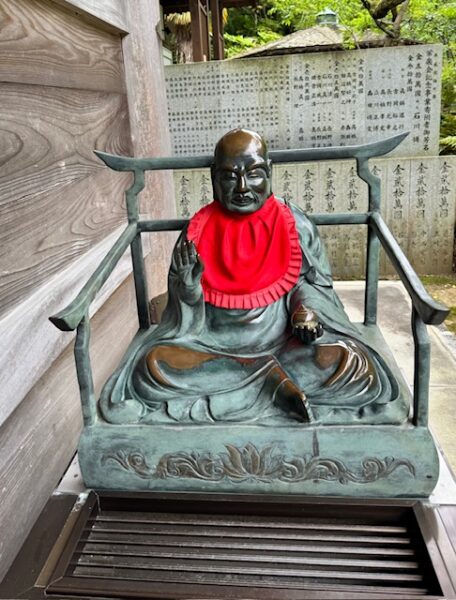
Bronze Jizo statue surrounded by lotus plants next to the Daishdo.
Click on video:
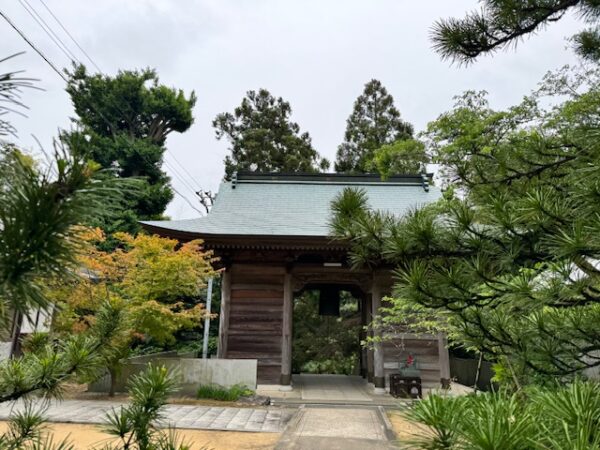
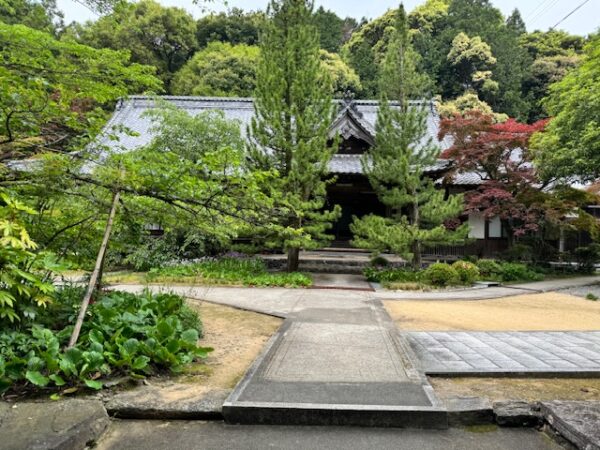
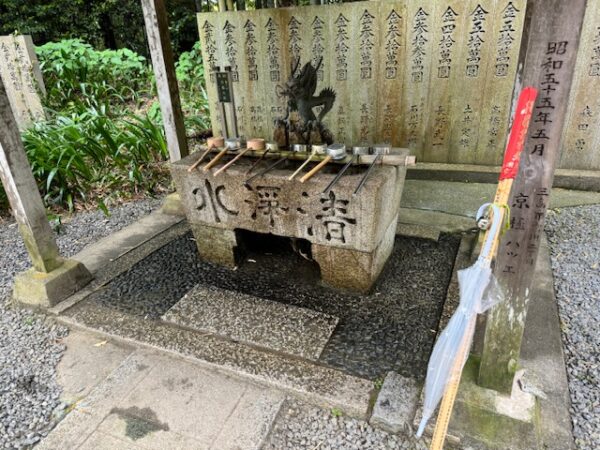
Again, a dragon fountain.
Click on video:
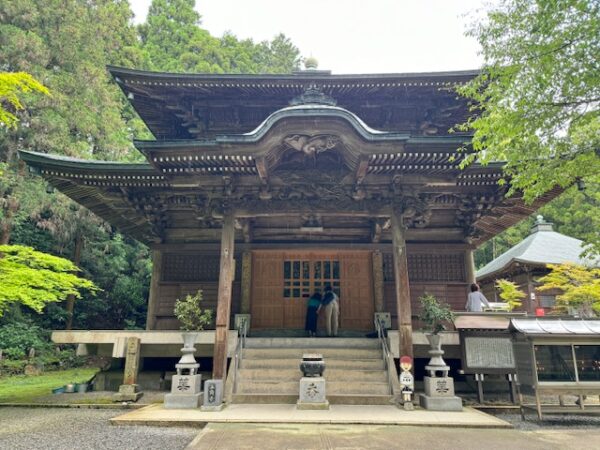
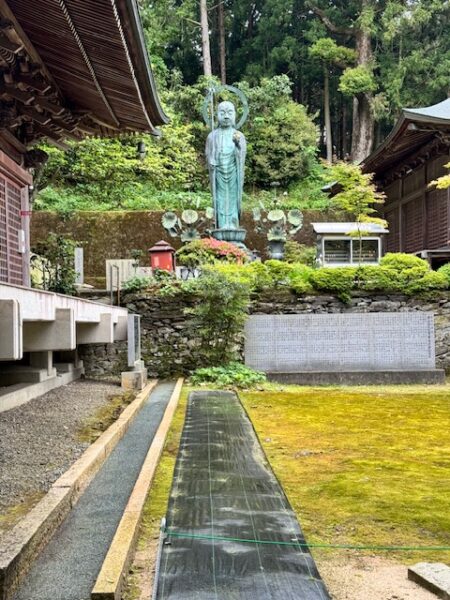
Goddess of compassion.
Kobo Daishi built a triangular altar here at Sankaku-ji and conducted a Goma fire ritual for 21 days, praying for the safety of the nation and the welfare of all people.
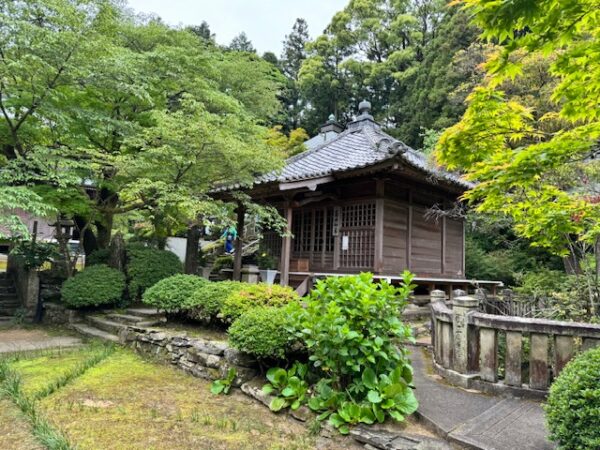
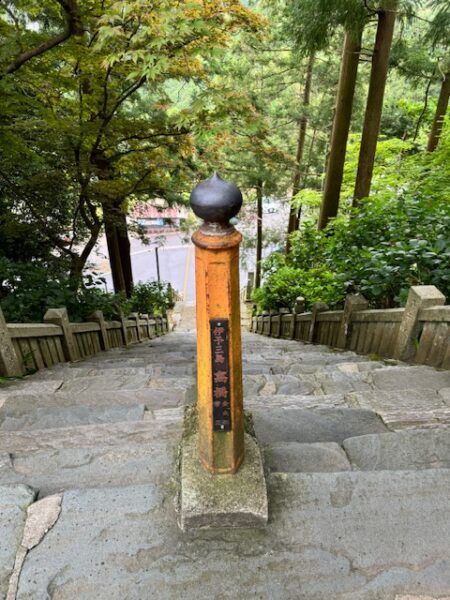
Now it is time to leave the Sankaku-ji temple and retrace my steps back to town.
Appreciation
Temple 65, Sankaku-ji, is the last one in Ehime prefecture on Shikoku pilgrimage. Ehime is the Bodai dojo – Enlightenment. This was a hard walk with many interesting turns. When I completed the second dojo in Kochi, an old Japanese ohenro told me that this dojo would be easier. It wasn’t. I imagine it was better that he did not say how hard it would be. I’m grateful for that.
I admit that I did expect some ease at each turn. Many times I did not find it. I consciously made choices to enable that ease. Through an unconscious one, I ended up in Omishima. It turned out to be one of the best things to happen for me while on the path.
At some point, I realized that the pilgrimage was made and exists to be walked and experienced by ohenro like me. I don’t think it is corny to say: I exist, so therefore I walk.
Ooh!
See you next time in the fourth and last dojo on Shikoku 88 pilgrimage: Kagawa prefecture.
Baadaye and Mata Ne
Shirley J 🌸
This and several posts this summer will chronicle my pilgrimage in Japan where I am walking the 1200 kilometer-long Shikoku 88 temple pilgrimage. Read my announcement here.
I am excited, and I am here, still walking. And just know this, I will return to tell the tale!

T65
